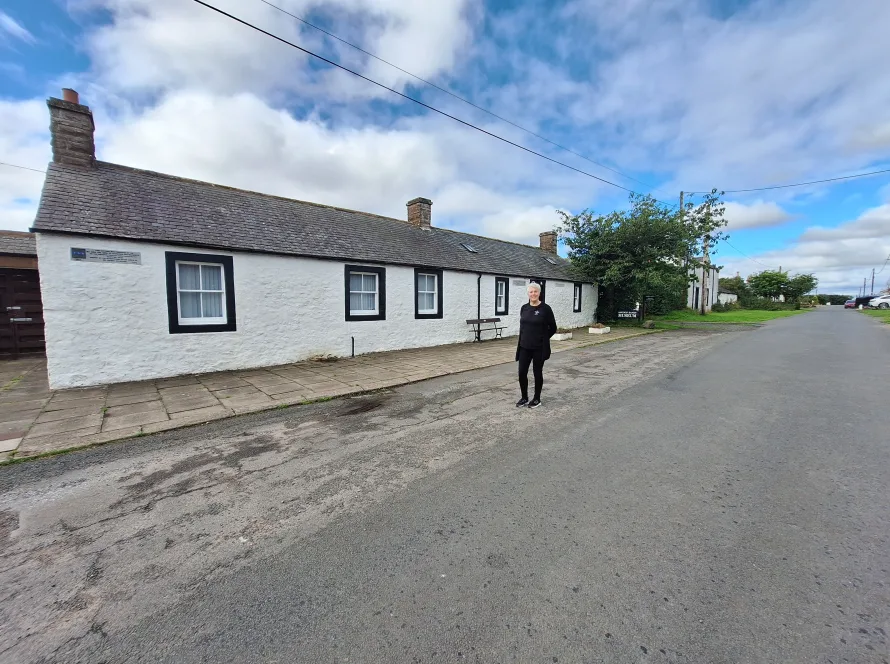ONE of the most important historical sites in Dumfries & Galloway has re-opened to tell the story of how the world’s first savings bank was established there in 1810 by The Reverend Henry Duncan, the remarkable Ruthwell resident who also founded the first newspaper in the region, restored the oldest Christian cross in mainland Scotland, and identified the first fossil footprints in Britain.
The Henry Duncan Savings Banks Museum, which celebrates the life of the Scottish visionary and the global savings bank movement, was transferred into the ownership of Comlongon Estate Ltd from TSB last summer, and now has bright new future as an internationally significant tourist attraction for the region.
Comlongon’s owners, Professor David Thomson and Teresa Church, co-owners of multi award-winning Annandale Distillery and custodians of The Globe Inn in Dumfries, say it is fitting that the landmark site has now been re-incorporated into the Estate from whence it came: “Comlongon Castle has an historical relationship with the Savings Banks Museum and The Reverend Henry Duncan and we believe much can be achieved by reuniting these three cornerstones of local history.”
Teresa said: “We are thrilled to ensure this essential piece of financial and social history is preserved for future generations. Henry Duncan’s revolutionary ideas spurred the creation of the first community savings bank, which paved the way for modern financial inclusion. His impact extends far beyond banking, and we’re committed to making sure all facets of his work are recognised.”
Museum Manager Mhairi Hastings said: “I am eager for people to discover that there is so much more to the Henry Duncan story than just the Savings Bank and I’m delighted to be able to welcome guests once more and explore the impact that he has had on everyday life.”
Duncan did something revolutionary when he set up the Ruthwell Parish Bank – the world’s first self-supporting bank paying interest on investors’ modest savings – to serve the local people in the community, encouraging the ‘industrious poor’ to save for times of hardship. Arguably his greatest creation, the formation of the bank triggered the birth of a movement, and now, for the first time since the museum was closed in 2020, visitors can once again see the very room where it happened in May 1810, as well as the bank’s original money box, the chair in which he sat, and other precious artefacts.
The museum will be open five days a week from 10am-4pm. Visitors can also learn about Duncan’s work as parish minister, political lobbyist, anti-slavery campaigner, educator, geologist, poet, artist, author, and his other significant achievements including founding the first newspaper in Dumfries & Galloway – The Courier – and the Dumfries & Galloway Standard (both of which are still printed today), and rebuilding and restoring the medieval Ruthwell Cross, which can be seen in Ruthwell Church, near to the Savings Banks Museum.
To celebrate the reopening and bring Duncan’s extraordinary life into focus, the museum will offer guided tours highlighting these diverse facets of his work. Tours can be booked online at henryduncansavingsbanksmuseum.com



